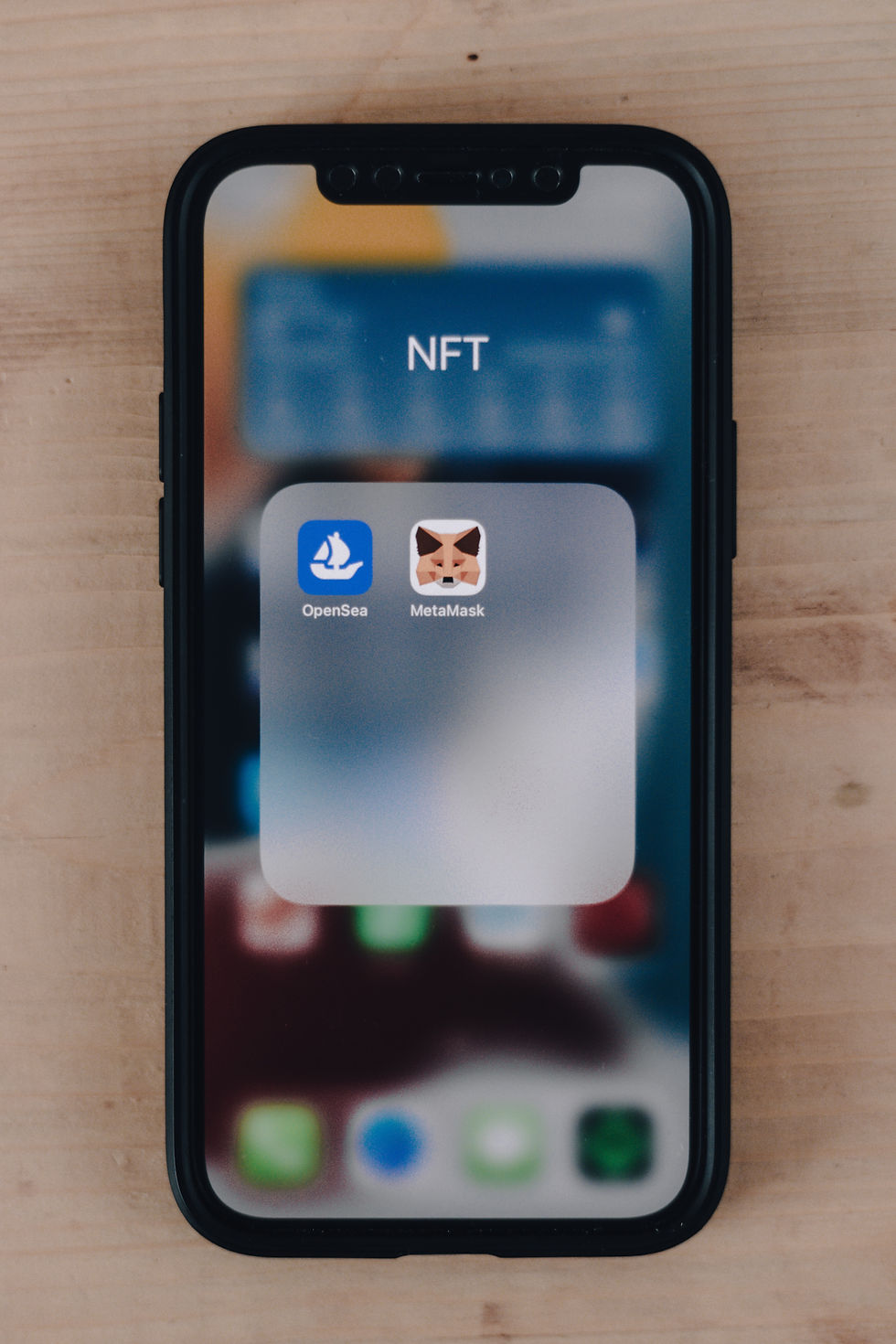Unlocking the Intrinsic Value of Real-World Assets Through NFTs
- NFT-Tokenizer.com
- Sep 25, 2023
- 3 min read
In recent years, Non-Fungible Tokens (NFTs) have emerged as a novel way to represent ownership and authenticity in the digital realm. Powered by blockchain technology, NFTs have revolutionized the way we perceive, own, and interact with unique assets. NFT sales skyrocketed to a whopping $2.5 billion in the first half of 2023¹, establishing them as more than just a fleeting trend. But, the narrative doesn’t end at digital collectibles or art; NFTs have a significant role in representing Real-World Assets (RWAs) on the blockchain.

Bridging the Tangible with the Intangible
Tokenization is the process of converting rights to an asset into a digital token on a blockchain. This process is crucial in capturing the value of RWAs, like physical art, real estate, and commodities, by translating them into tradeable digital tokens. The tokenization of RWAs heralds numerous benefits including:
Liquidity Enhancement: It dismantles the traditional barriers of entry and exit for investors by allowing the fractional ownership of assets. This, in turn, fuels price discovery and valuation.
Operational Efficiency: The automation through smart contracts eradicates the cumbersome manual paperwork, consequently reducing the risks and costs associated with verification and compliance.
Accessibility: Tokenization can open the gates to a global pool of investors, thereby fostering financial inclusion and creating new avenues for wealth creation.
The Hurdles Along the Way
Despite its potential, the road to widespread tokenization is laden with challenges:
Regulatory Uncertainty: The amalgam of legal and regulatory hurdles concerning ownership rights, taxation, and jurisdiction can deter both issuers and holders of tokenized assets.
Technical Intricacy: The advanced skills required to design, deploy, and maintain smart contracts could pose significant challenges.
Market Maturity: The nascent stage of market development necessitates robust standards, protocols, and platforms to support the creation and management of tokenized assets.
NFTs: The Torchbearers of Tokenization
NFTs could be the key to overcoming these hurdles. By embodying a unique solution for tokenizing RWAs, they marry the benefits of both fungibility (easy divisibility and transferability) and non-fungibility (preservation of uniqueness and identity). A physical painting, for instance, can be tokenized into an NFT representing its ownership and value. This NFT can then be fractionalized into smaller fungible tokens, representing shares of the painting. Such an arrangement retains the asset's uniqueness while allowing for easy trade on secondary markets.
Expanding Horizons: Beyond Conventional Asset Classes
NFTs can usher in new dimensions for tokenized RWAs:
Programmability: Smart contracts embedded within NFTs can automate interactions based on predefined rules.
Composability: NFTs can be combined to spawn new value forms, driving innovation.
Interoperability: The ability of NFTs to operate across different blockchain networks broadens their scope and utility.
Fostering a Seamless Symbiosis between Digital and Physical Realms
NFTs can potentially create immersive experiences, foster community engagement, and reflect the identity of tokenized RWAs. For instance, an NFT representing a physical concert ticket could provide a gateway to a digital fan club or a live stream, blurring the boundaries between the tangible and virtual worlds.
Wrapping Up
NFTs are redefining the paradigm of asset ownership and management by unlocking the inherent value of RWAs. Their potential to bridge the digital and physical realms, while enhancing liquidity and efficiency, signifies a monumental shift in how we interact with assets both tangible and intangible.

References:
Share the knowledge
If you find this information valuable, feel free to share it with your peers or on social media using the hashtag #UnlockingRealWorldAssetsThroughNFTs.





Comments